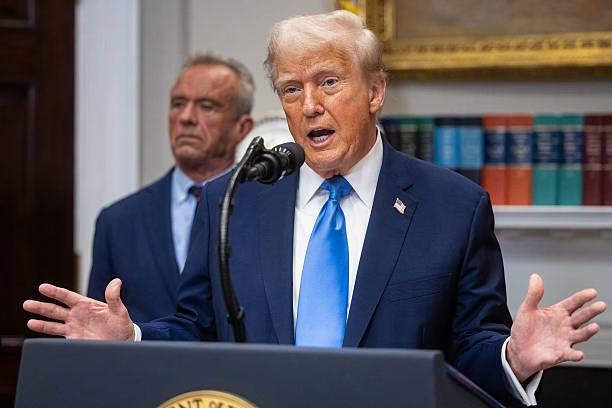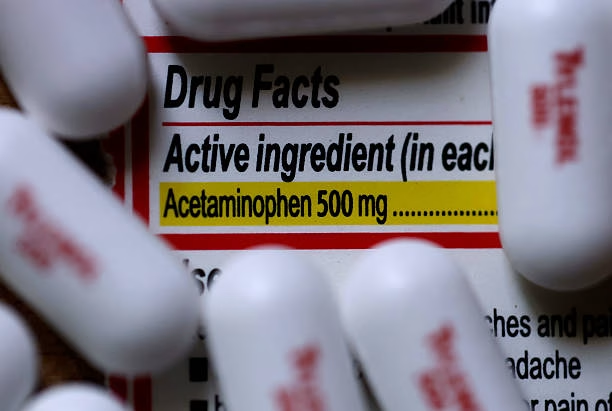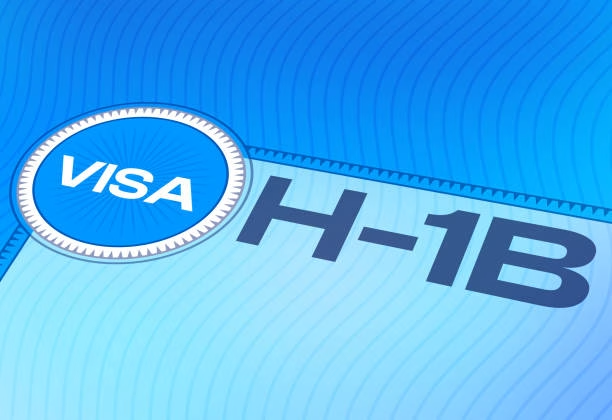Introduction: Trump puts 100% Tariff on Branded Drugs
The announcement by Trump puts 100% tariff on branded drugs has sent shockwaves across the global healthcare and pharmaceutical sectors. The policy, set to take effect on October 1, 2025, is being described as one of the most aggressive tariff measures against the pharma industry in U.S. history. While the measure excludes generic medicines, it threatens to reshape supply chains, investor confidence, and the broader debate on drug affordability in America.

For India, one of the world’s largest exporters of generic medicines and an increasingly significant supplier of complex drugs, the implications are nuanced. While some see the tariffs as having “limited immediate impact” because Indian firms mostly export generics, others warn that the policy could alter long-term strategies, compliance risks, and competitiveness in the U.S. market.
This editorial will break down the policy in detail, examine the global and Indian fallout, assess investor reactions, and analyze whether this decision will truly benefit American patients, or simply fuel new trade wars.
What the Tariff Policy Says
According to the official announcement and subsequent clarifications, the Trump puts 100% tariff on branded drugs includes the following provisions:
- Scope of Tariff:
- Applies to branded or patented pharmaceutical products.
- Excludes generic medicines for now.
- Grey areas remain for biosimilars and complex generics.
- Waiver Provision:
- Companies are exempt if they are building manufacturing plants in the U.S.
- “Building” is defined as projects that have broken ground or are under construction.
- Implementation Date:
- Comes into effect from October 1, 2025.
- Part of Larger Trade Strategy:
- Tariffs also target heavy trucks, furniture, and kitchen fixtures.
- Justified as a national security and industrial revival measure.
By positioning it as a national interest decision, the Trump camp argues this will spur domestic manufacturing of drugs and reduce U.S. dependency on foreign suppliers, particularly China and India.
Market Reaction: Pharma Stocks Feel the Heat
The announcement triggered immediate volatility across global stock markets, especially in the pharma sector:
- In India, shares of Sun Pharma, Dr. Reddy’s, Cipla, and Biocon fell sharply.
- The Nifty Pharma index registered a notable dip as investors worried about potential spillovers.
- European pharma giants, including Novartis and Roche, also experienced declines.
However, analysts were quick to note that most Indian exports are generic drugs, which are currently exempt. This provided some relief, though uncertainty over future enforcement remains.
Also read, Kantara A Legend Chapter 1: Epic Prequel Unveils Mystical Origins
How Much India Is Exposed
India exported over $10 billion worth of pharma products to the U.S. in FY2024, making the American market its single largest destination.
- Generics Dominate:
Nearly 85–90% of India’s pharma exports to the U.S. are generics. - Branded Exposure:
A smaller portion of Indian pharma involves branded formulations, specialty drugs, and biosimilars. - Potential Risk Zones:
- Complex generics like injectables or inhalers may face scrutiny.
- Biosimilars, often straddling the line between branded and generic, could be subject to tariff disputes.
Thus, while short-term impact may be limited, long-term risks are not negligible.
Industry Voices: Divided but Concerned
Supporters of the Policy
- Argue that tariffs will force Big Pharma to set up plants in the U.S.
- Believe this could generate jobs and reduce foreign reliance.
- Some American policymakers hail it as a national security safeguard, especially after COVID-19 exposed vulnerabilities in supply chains.
Critics of the Policy
- Warn of higher drug prices for American patients.
- Highlight risks of trade retaliation from Europe, India, and other pharma exporters.
- Point out that building U.S. plants is capital intensive and time-consuming, which could delay drug availability.
The India Angle: Limited Now, But Future Uncertain
India’s strength in generics may shield it initially. However, the Indian pharmaceutical industry thrives on U.S. demand, and any escalation could:
- Impact Long-Term Growth: If biosimilars or advanced generics get caught in tariff nets, Indian firms may face significant hurdles.
- Force Localization: Some Indian firms may consider setting up manufacturing units in the U.S. to bypass tariffs.
- Shift R&D Strategies: To avoid being penalized, companies may redirect investment towards biosimilar development in local markets.
Global Fallout: Trade War on the Horizon?
The tariff is not just an economic decision—it’s a geopolitical signal.
- Europe & Japan: Home to Big Pharma majors like Bayer, Sanofi, Roche, and Takeda, they stand to lose the most. Retaliation cannot be ruled out.
- China: While China exports more APIs (active pharmaceutical ingredients) than finished drugs, it may still view the move as a strategic provocation.
- World Trade Organization (WTO): Legal challenges could be mounted, arguing that the U.S. is violating fair-trade practices.
The stage is set for pharmaceutical trade wars, with ripple effects on everything from healthcare costs to diplomatic relations.
Healthcare Costs in the U.S.: Will Patients Benefit?
One of Trump’s arguments is that tariffs will drive down drug costs by encouraging local production. But experts are skeptical:
- Short-Term: Drug prices may actually rise as importers pass on tariff costs to patients.
- Medium-Term: Setting up new U.S. plants will take years, with costs potentially higher than imports.
- Long-Term: Local production could create resilience, but only if the government provides subsidies and regulatory fast-tracking.
Thus, the American patient may not see relief anytime soon.
Possible Scenarios for the Future
- Status Quo Holds: Tariffs remain, but exemptions keep generics safe.
- Expansion of Tariffs: Complex generics and biosimilars get included, hitting Indian pharma harder.
- Trade Negotiations: U.S. allies negotiate carve-outs, softening the blow.
- Legal Battles: WTO disputes challenge the policy, creating long delays in enforcement.
India’s Strategic Response
India’s government and industry bodies like Pharmexcil are expected to:
- Lobby for clarity on biosimilars and complex generics.
- Engage in trade diplomacy with U.S. counterparts.
- Encourage Indian firms to explore partial manufacturing or partnerships in the U.S. market.
If handled smartly, India could even capitalize on the generics exemption by increasing supply of affordable medicines to the U.S., carving a larger market share while branded drugmakers struggle.
Conclusion: Tariffs, Trade, and Uncertainty after Trump puts 100% tariff on branded drugs
The Trump puts 100% tariff on branded drugs is more than just an economic measure—it is a statement about sovereignty, supply chains, and the politics of healthcare.
- For the U.S., it may bring temporary leverage but risks higher prices for patients.
- For India, the immediate risk is limited, but the future may bring challenges around biosimilars and advanced generics.
- For the world, it could mark the beginning of a new era of trade wars in the pharmaceutical sector.
As October 1 looms, the global pharma industry, policymakers, and millions of patients await clarity: will this decision really strengthen American healthcare—or make life-saving drugs even harder to access?



